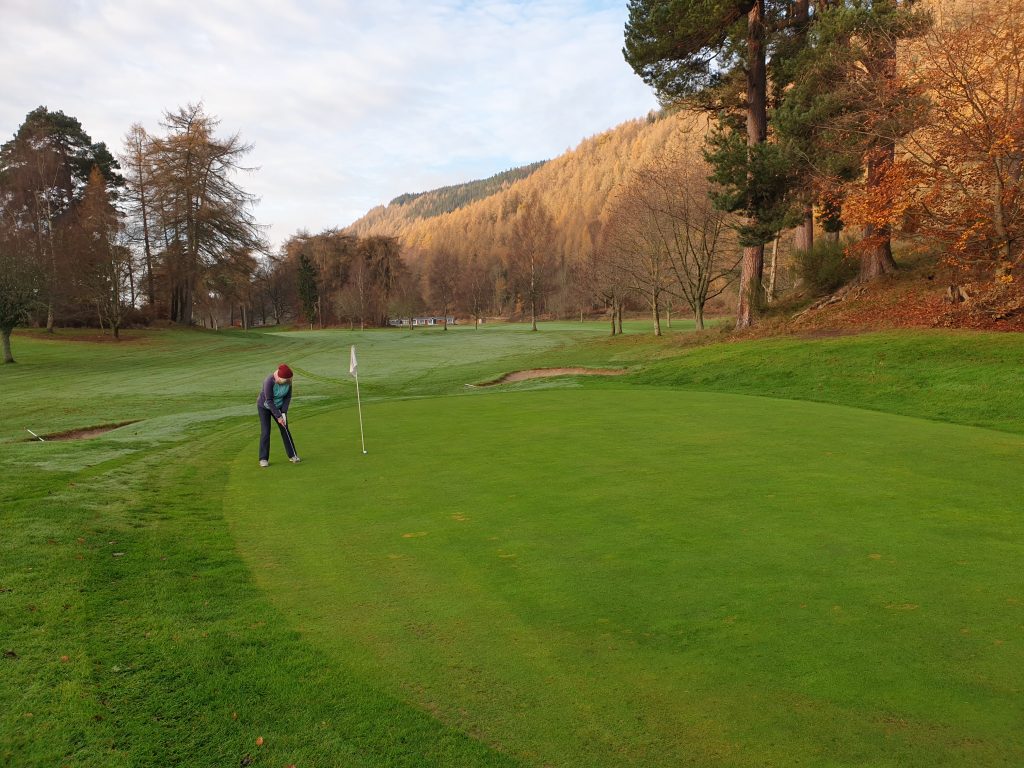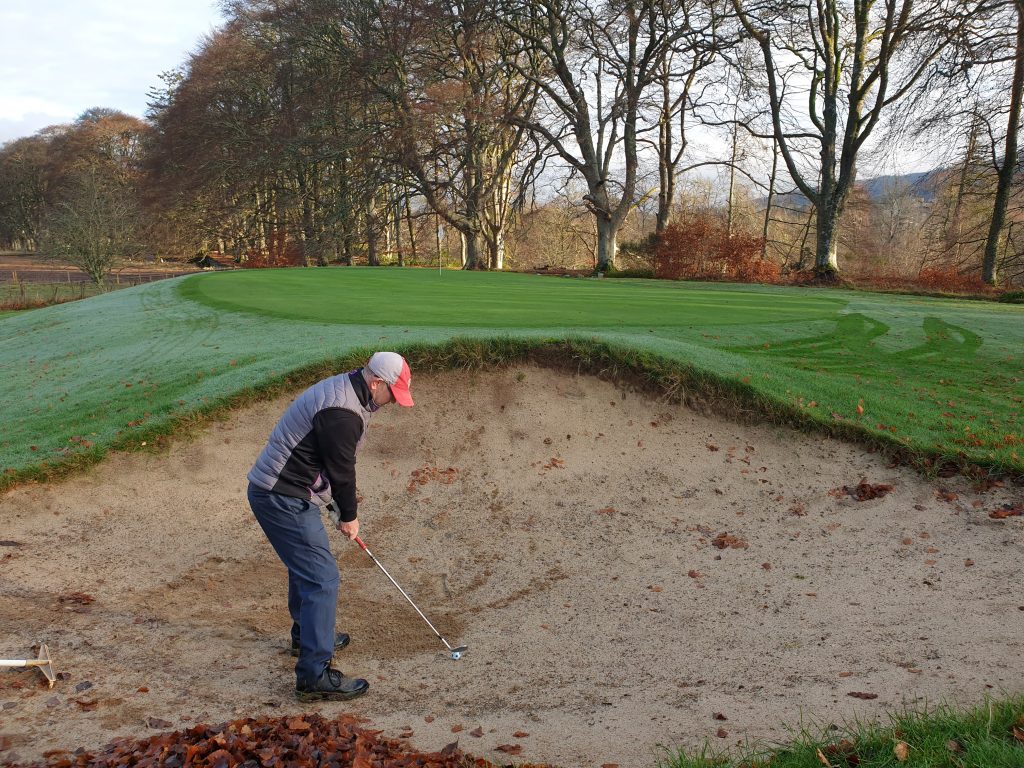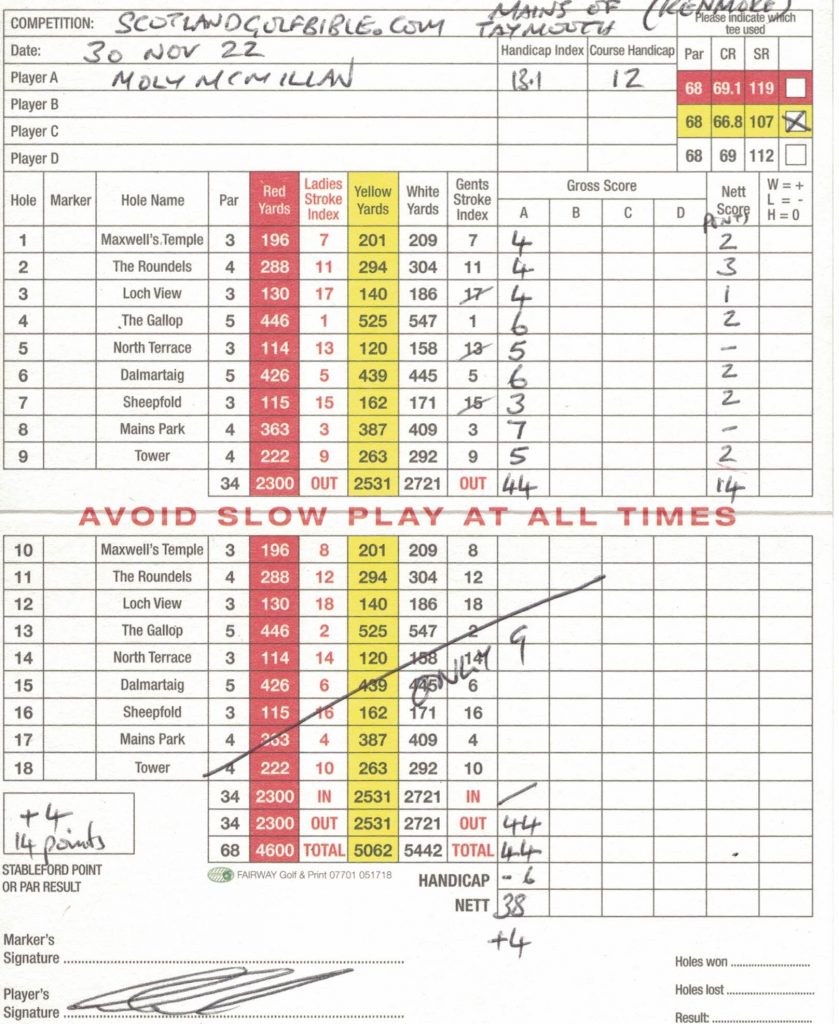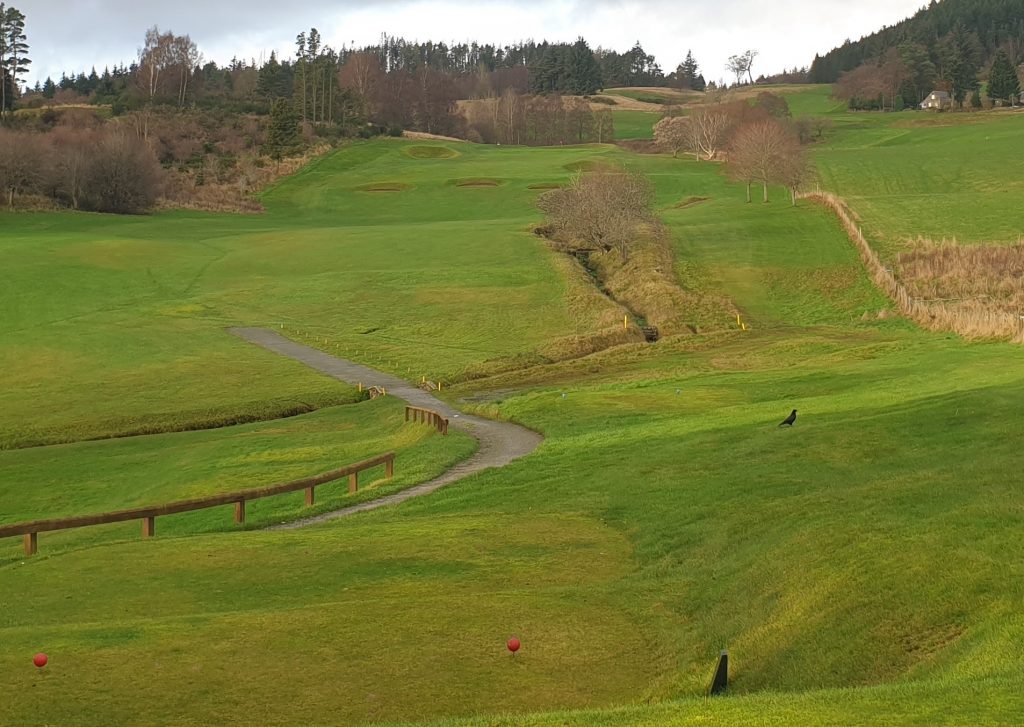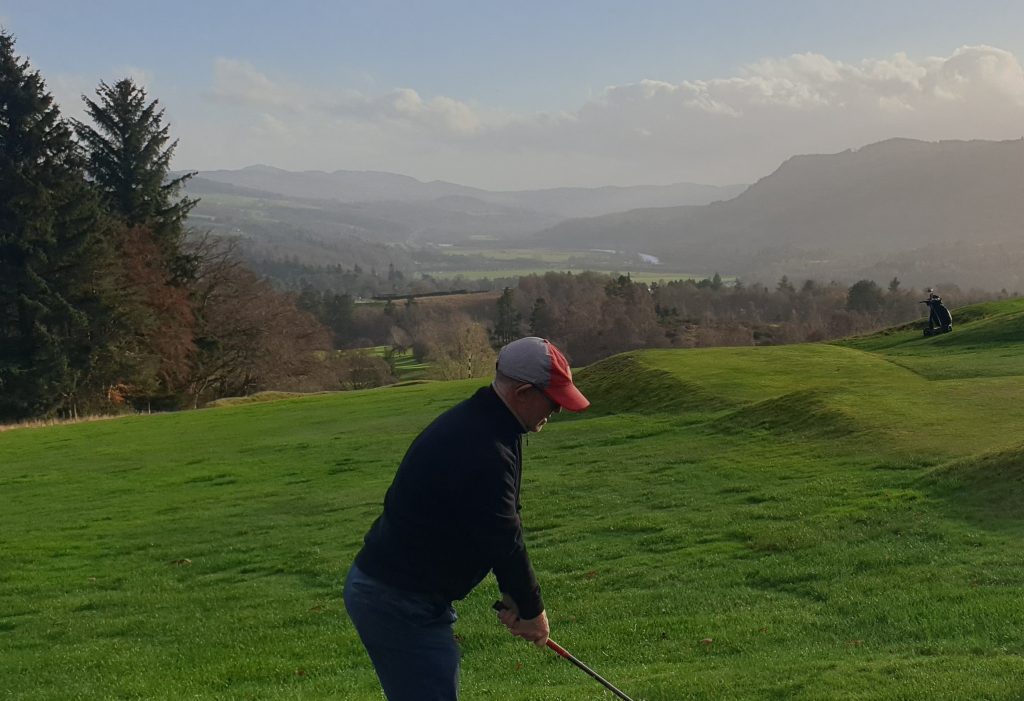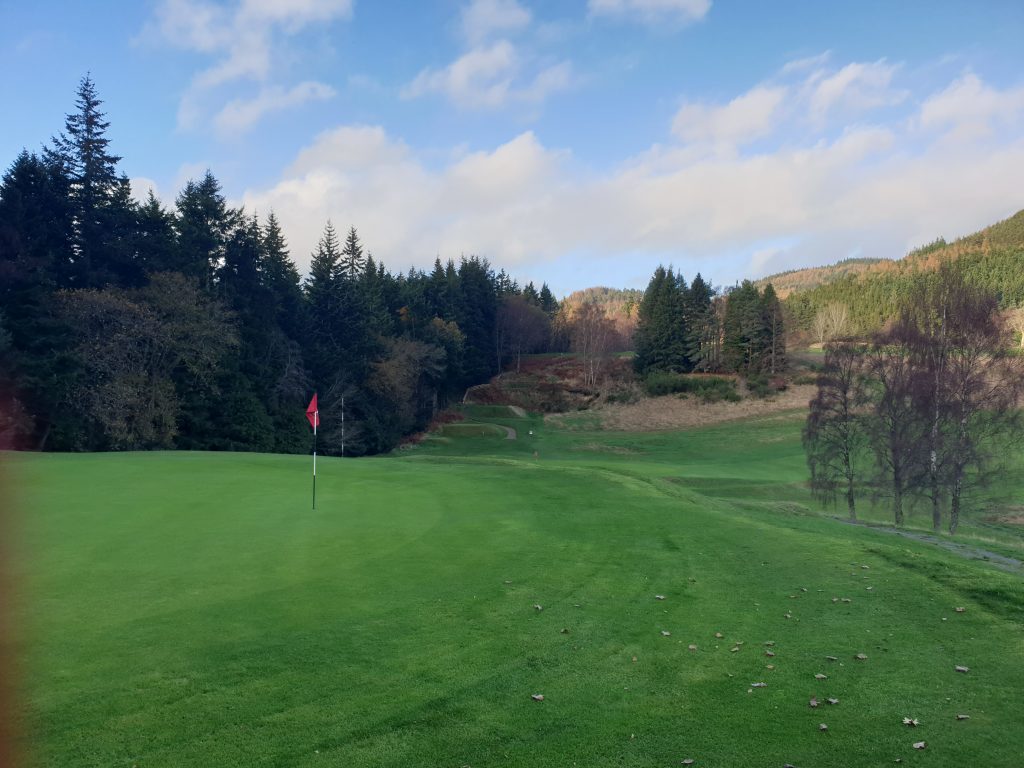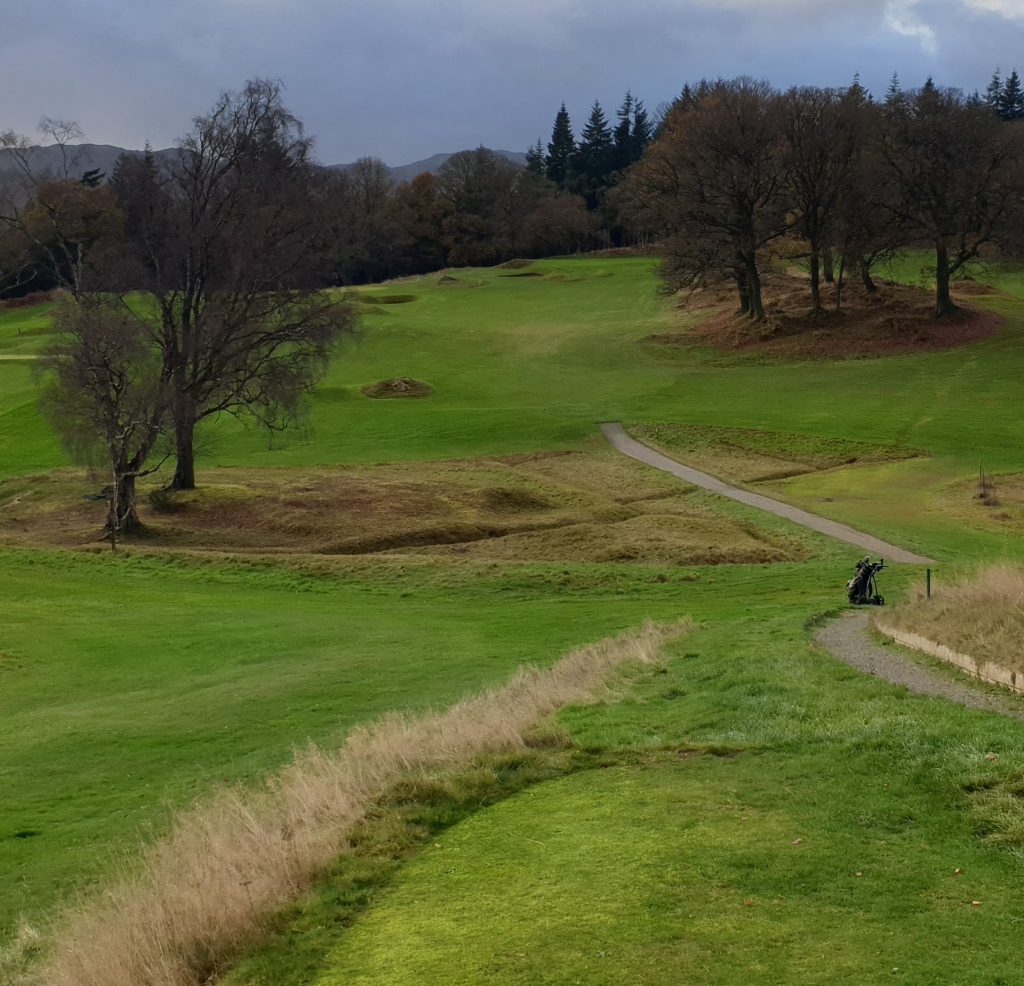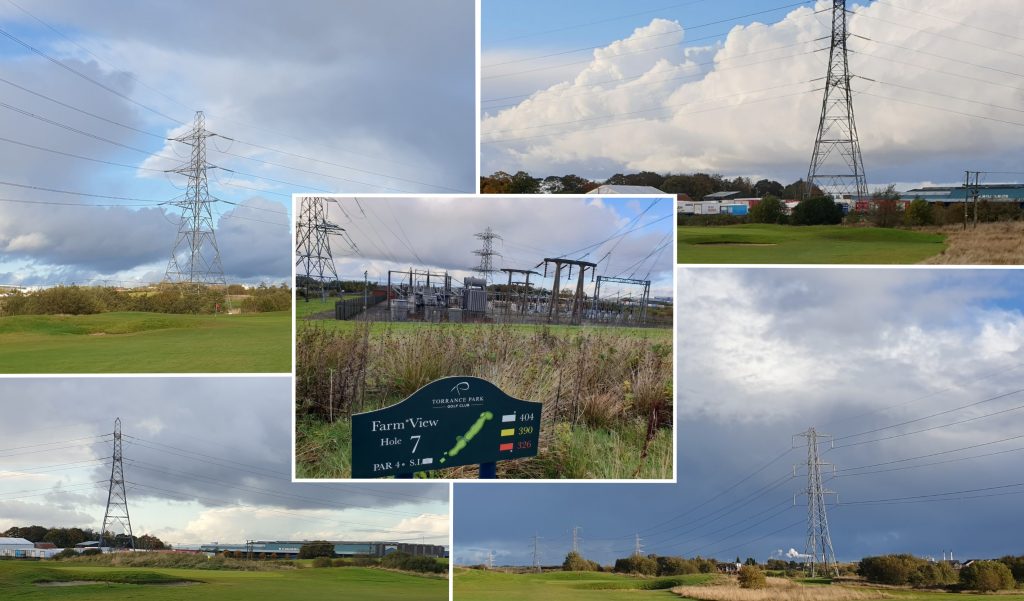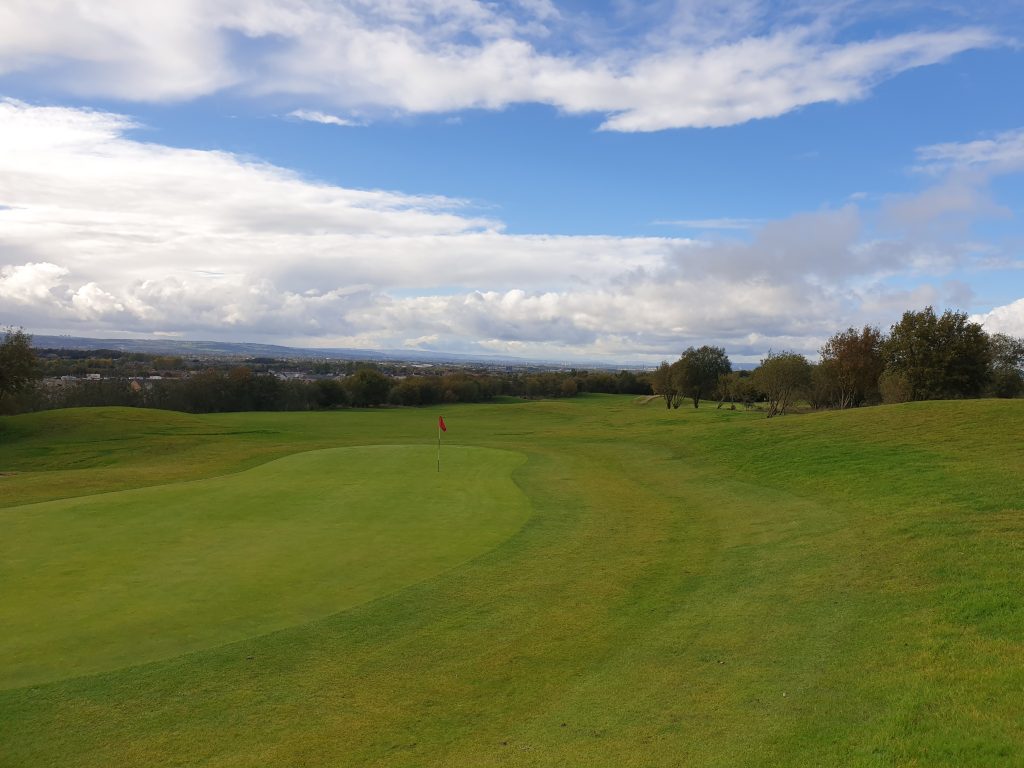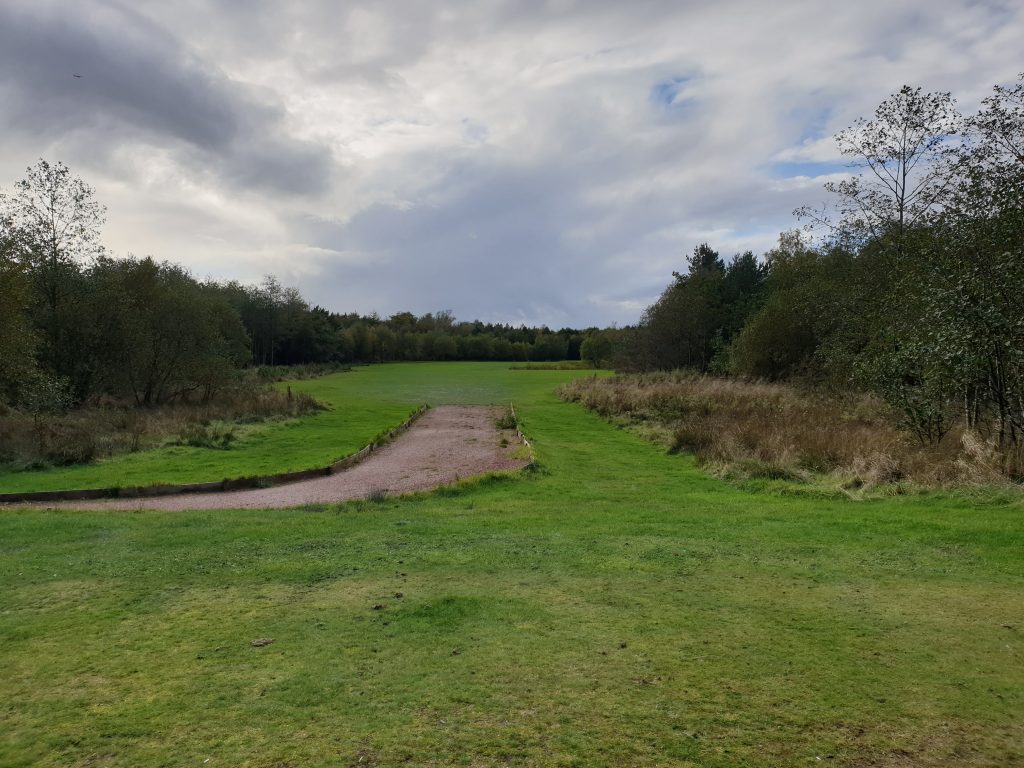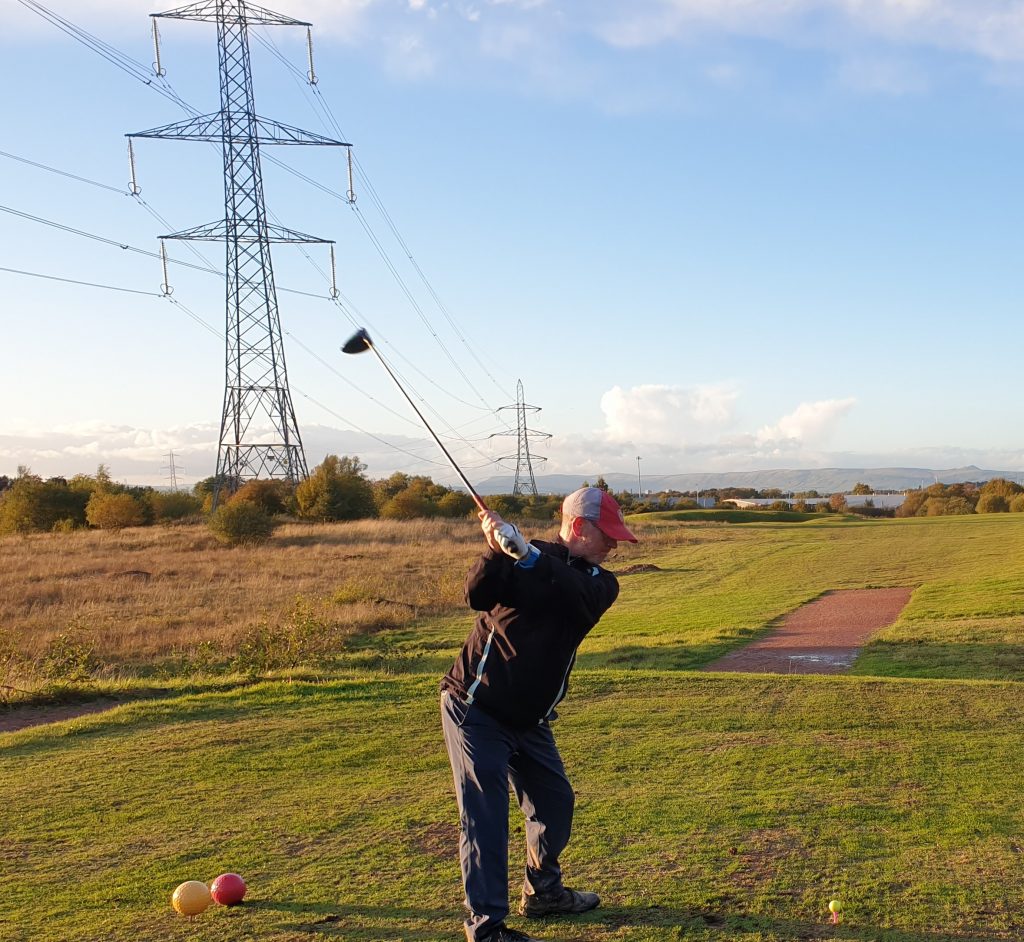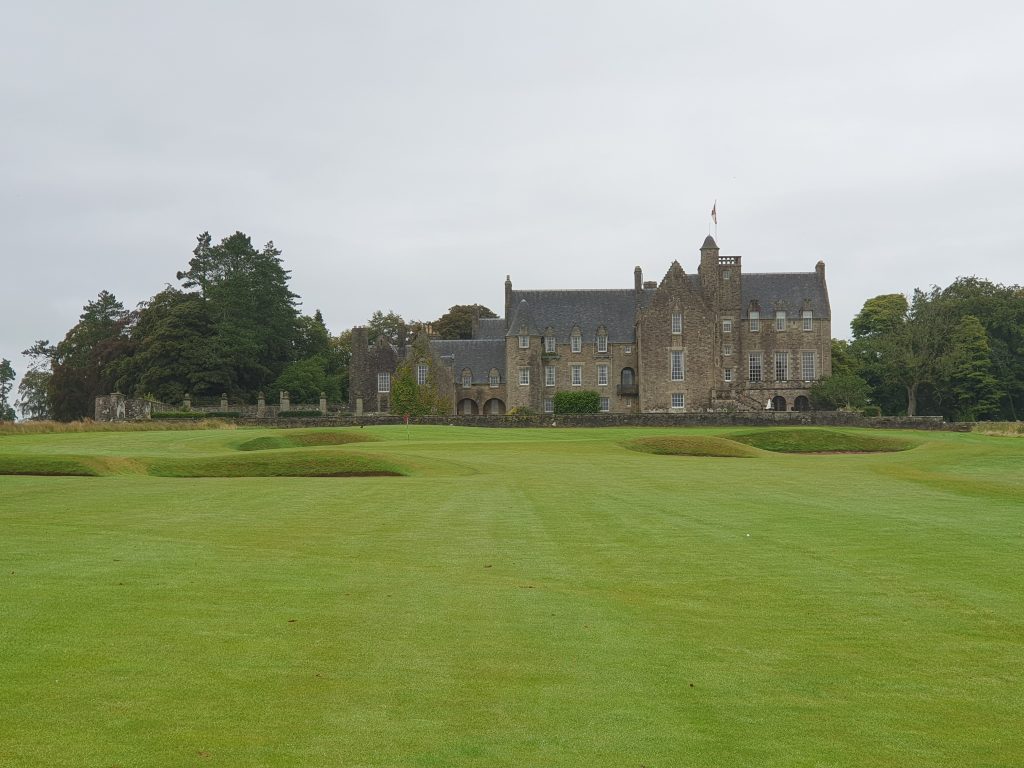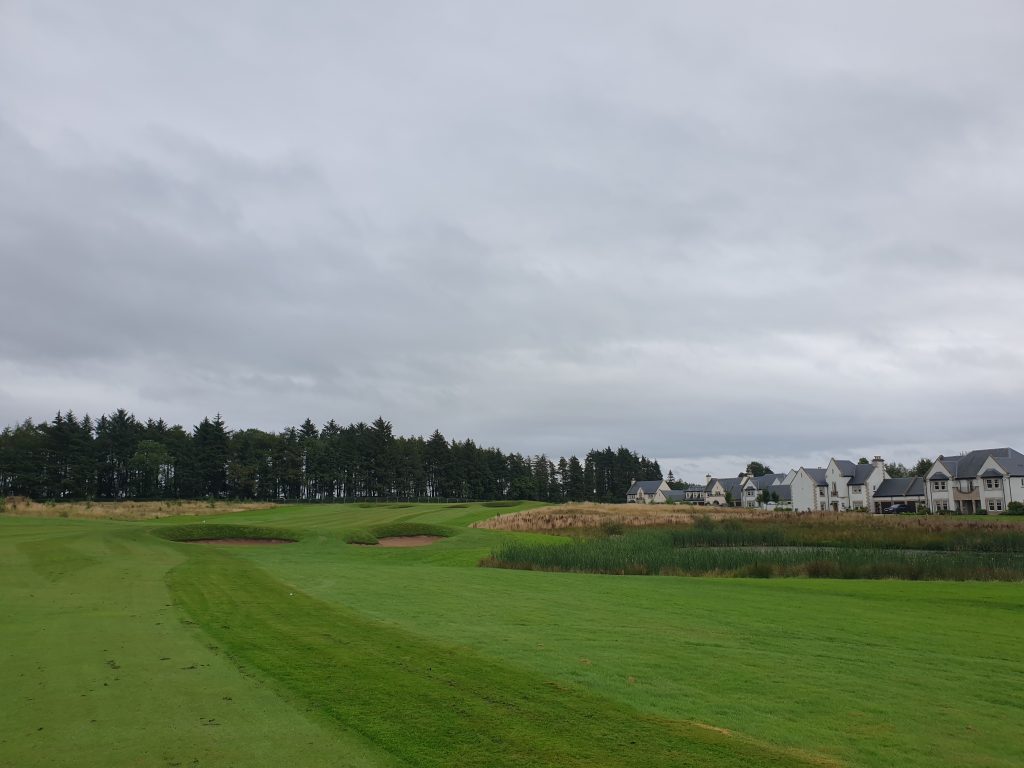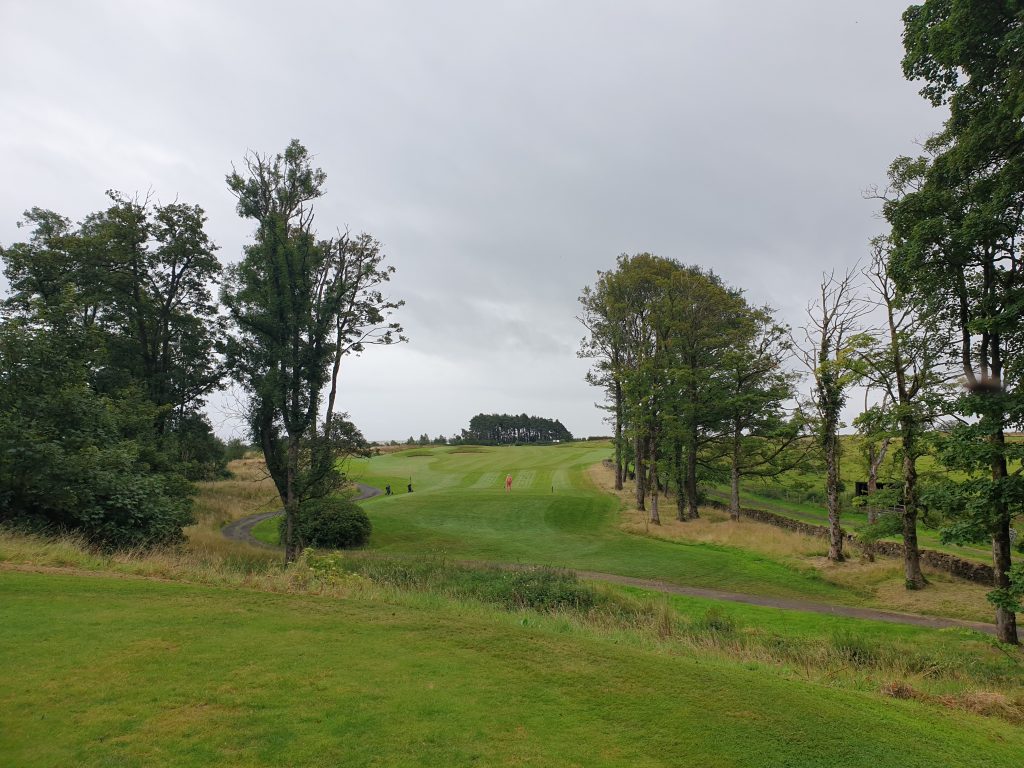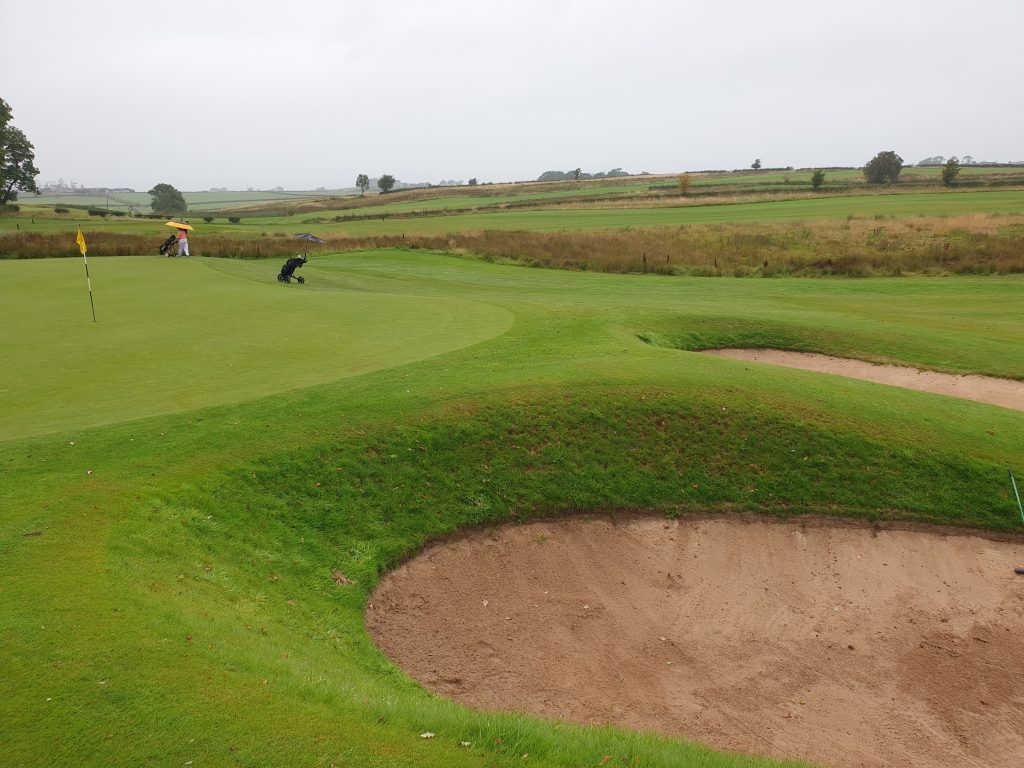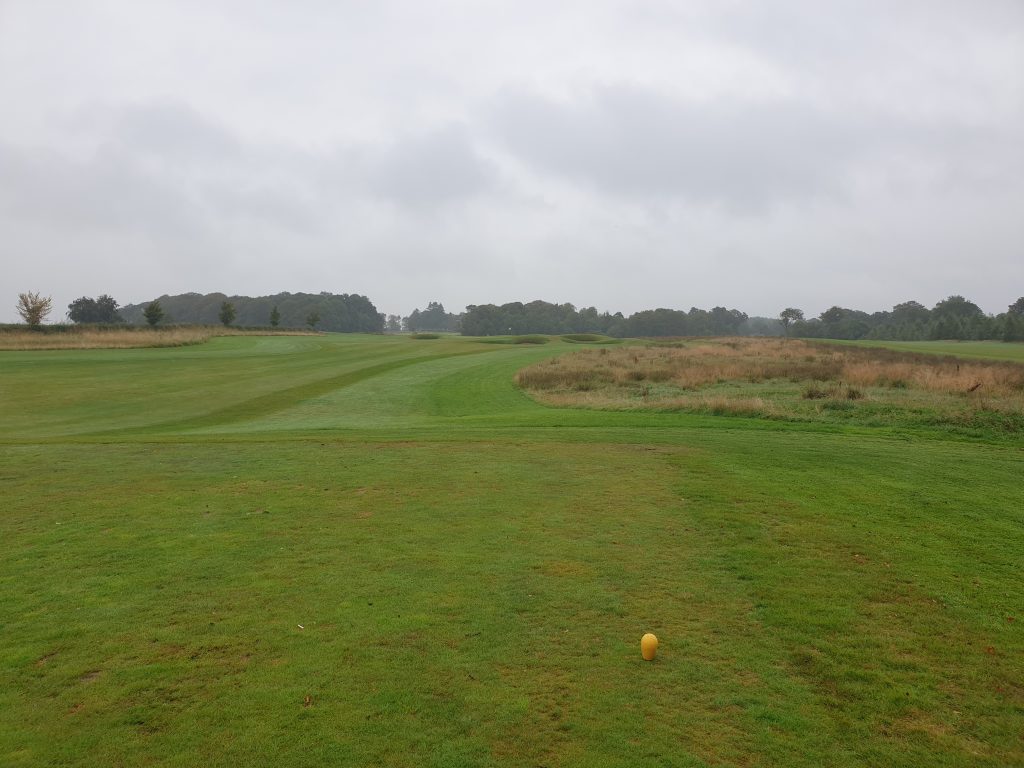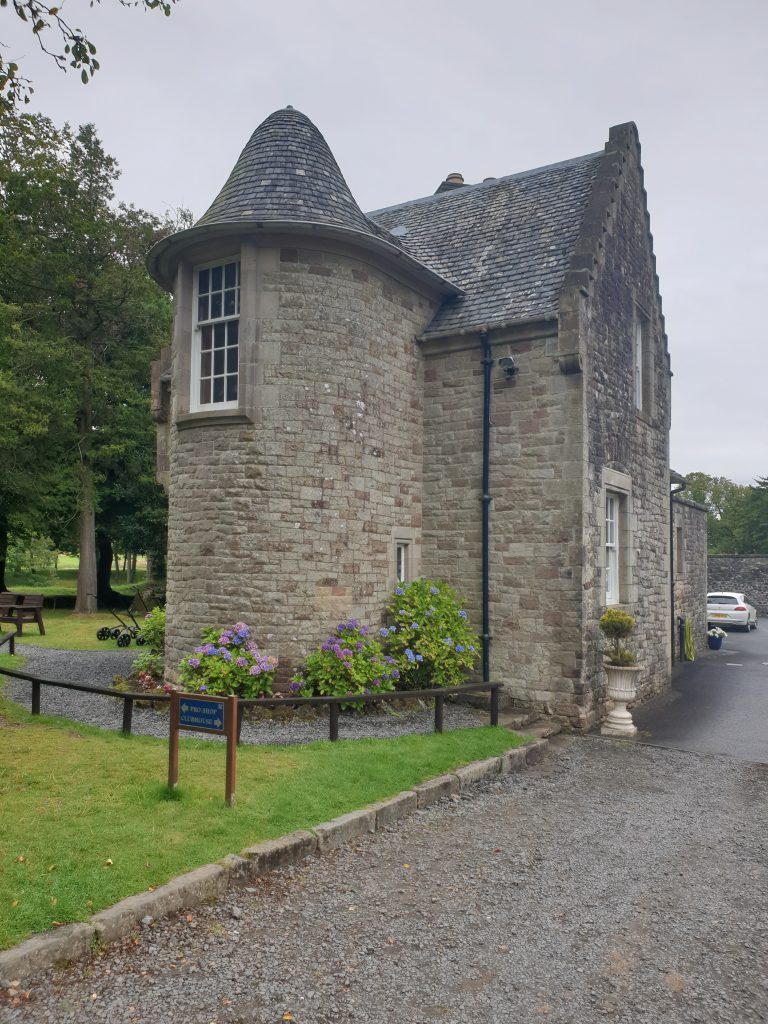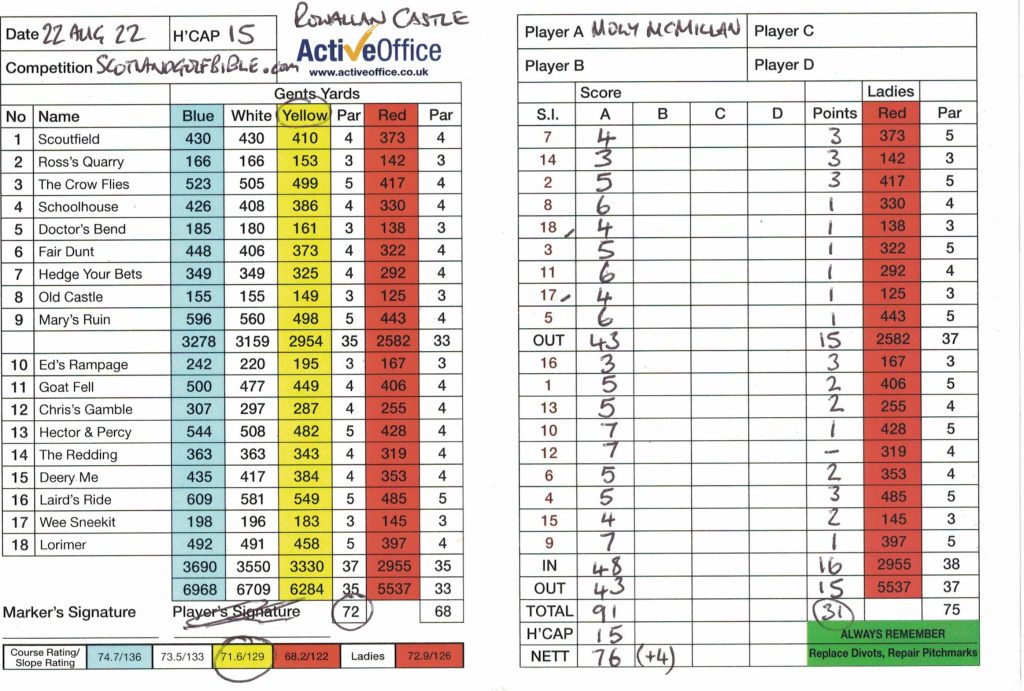I was ‘green with envy’ on this country estate course but no longer confused by the two Taymouths.
Value 3.5/5.
Kenmore, in highland Perthshire, is a village on the eastern end of Loch Tay, which is where the main part of the River Tay begins, Scotland’s longest river and the UK’s largest measured by discharge. People like myself from Dundee, where The ‘Silvery’ Tay reaches the sea, claim any small victory!

Now to my confusion. Kenmore is home to two golf courses, both on separate Country Estate developments and only separated by 30 yards of river. Taymouth Castle Estate golf course, on the south bank, was founded in 1925, designed by James Braid, and grew a championship level kudos; however, the castle and course is currently “closed for a £300m development” following its purchase in 2018 by American real estate company, Discovery Land Company.
Meanwhile, north of the river, Kenmore Golf Course was founded, designed and constructed in 1992 by civil engineer Robert Menzies, on diversified farming land that had been in his family for many decades. With Taymouth Castle closed, Robert renamed his estate and course, “Mains of Taymouth”. The whole estate was sold for £13.5m in 2022 to Pure Leisure Group, the owner of the well known Westmoreland Golf Resort in Barbados, home to many British celebrities.
So ‘Mains of Taymouth’ and ‘Taymouth Castle’ are separate country estates, both with golf courses with similar branding. I anticipate a lawsuit at some point over the use of Taymouth, a name which seems to have begun when the Clan Campbell rebuilt the former Balloch Castle, their ancestral seat.
The irony is that Kenmore isn’t technically the location of a mouth of a river, defined as “where a river flows into a larger body of water, such as another river or the sea”. Thankfully, any geographically minded golfer that mistakenly turn up at the real Mouth of the Tay, has better golf course options to choose from.

My envy in the title is of Robert Menzies, who has done an admirable job on his “home made” nine hole golf course. How many of us have had that dream over the years. He has created a lovely course, which was well maintained and playable on this early winter day.
The course has wide fairways, and is protected by small greens that are well bunkered. Set alongside the river the land is flat and easy walking, so would suit the occasional golfer, but also useful for golf course “baggers” who can easily “bag” 3 or 4 nine hole courses on a summer day (including nearby Killin, Aberfeldy and Strathtay). I bagged three (omitting Killin) on the day, despite the limited light.

We paid only £12 for a winter day rate, but at £18 for a round it represents decent value in the Summer.
Sadly, although the 3rd is called “Loch View”, there are no river or loch views from the course. Making my big deal about “Taymouth” seem somewhat arbitrary – never mind.
Round List Price £18. Actual Paid £12 (Winter rate).
Moly’s Score – 44 for 14 points (off 12)
Course/Slope Rating (yellow) 107/66.8.
Course Type: Parkland
Par 34 ( 2 par 5s, 3 par 4s, 4 par 3s)
Distance (yellow): 2531 yards
